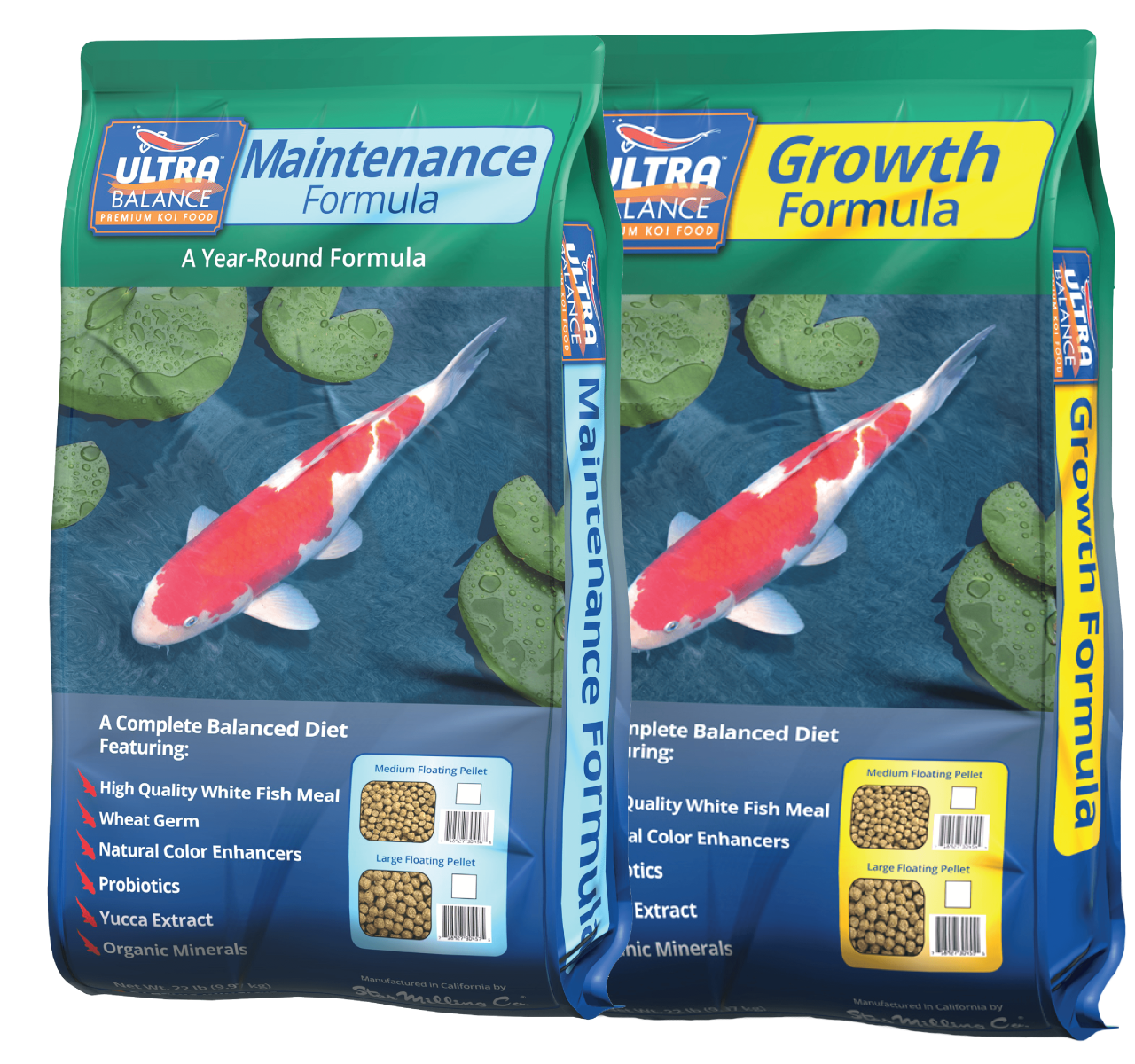Understanding Koi Terminology: Identifying the Many Varieties
Koi come in a stunning array of colors, patterns, and types – each with its own distinct name. Learning koi terminology is key to recognizing and appreciating the differences between popular varieties like Kohaku, Sanke, and Showa. This guide focuses on the specific terms used to identify koi by their appearance, lineage, and markings. Whether you’re shopping for new fish or simply want to speak the language of koi with confidence, understanding these names and classifications is a must. Dive into the world of koi varieties and discover what sets each one apart.
(Hover on the image for details on each type of koi)
Kohaku
Kohaku
(koh-hah-koo)
White koi with bold red patches. The most popular variety of koi.
Sanke
Sanke
(sahn-keh)
A three colored fish. It is basically a Kohaku with added black markings.
Showa
Showa
(shoh-wah)
A three colored fish. The dominant color is black. This variety is referred to as a black fish with red and white markings.
Utsuri
Utsuri
(oot-soo-ree)
A black fish with white, red, or yellow markings.
Bekko
Bekko
(beh-koh)
Tortoise-shell pattern; Shiro Bekko (white with black markings), Aka Bekko (red with black markings), Ki-Bekko (yellow with black markings).
Tancho
Tancho
(tahn-choh)
Distinquished by a red (hi) circle on the head.
Koromo
Koromo
(koh-roh-moh)
Similar to the Kohaku, but has a reticulated (net) pattern over the red areas that can be indigo (ai), purple (budo), or black (sumi).
Asagi
Asagi
(ah-sah-gee)
A red pattern on an Asagi background. The background can either be light gray, dark gray, or black.
Goshiki
Goshiki
(goh-shee-kee)
A red pattern on an Asagi background. The background can either be light gray, dark gray, or black.
Shusui
Shusui
(shoo-swee)
A Doitsu (German scaled) version of the Asagi with prominent light blue with red (hi) markings usually on the sides of the body and side of head.
Benigoi
Benigoi
(ben-ee-goi)
Non-metallic solid color red koi.
Kumonryu
Kumonryu
(koo-mahn-doo)
A black and white scaleless (Doitsu) koi in which the pattern can change throughout the year.
Soragoi
Soragoi
(soh-ah-goi)
Non-metallic solid gray koi.
Kin Ginrin
Kin Ginrin
(keen-geen-deen)
A koi with “diamond” (silver or gold-colored sparkling) scales. Also referred to as Gin Rin (geen deen).
Ogon
Ogon
(oh-gahn)
A solid metallic yellow /gold colored koi. Ogon means gold. They are the basis for breeding many varieties.
Doitzu
Doitzu
(doyt- zoo)
Description of any scaleless koi; also termed as German Scale.
Chagoi
Chagoi
(chah-goi)
Non-metallic solid brown, tan (tea colored) or olive green. These fish grow quite large and are generally the friendliest fish in the pond.
Ultra Balance
Premium Maintenance Formula
A year-round diet that provides complete and balanced nutrition for mature fish over 2 years of age. Also an ideal formula for feeding any age koi in water below 64°F or in crowded pond conditions.

Ultra Balance
Premium Growth Formula
Formulated for optimum growth of young koi in water 64°F and above. It is a complete and nutritionally balanced diet providing the 5 key nutrients for optimal growth, health, and performance of your koi.
